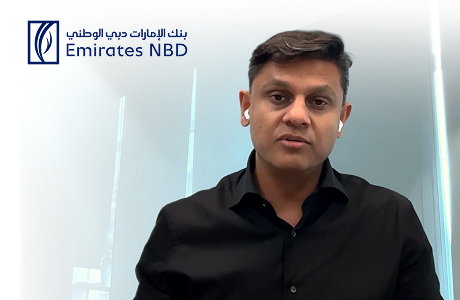How Three Forcepoint Customers Use DLP for a Competitive Advantage
0 dakika okuma

Companies will never have less data to protect than they do today.
But securing it from insider threats and external attacks isn’t easy. Information comes in all shapes and sizes, it’s stored far and wide, and it can exit the organization with the click of a button.
Every business faces its own unique challenges in securing its data, and many are turning to Forcepoint because of it.
Forcepoint Data Loss Prevention (DLP) protects data everywhere, leading to some unique use cases for the technology. Learn how three Forcepoint customers are using DLP to extend security to wherever data resides.
GG Group Adjusts Policies Based on Risk Profile
Organizations operating on a global scale face the added challenge of securing data based on geographic risk. In some regions, the potential for intellectual property to be targeted through corporate espionage is much higher.
Gebauer and Griller, a leading manufacturer of cables and wires for a variety of industries, found itself facing this challenge as it began to expand across the world.
It explored several DLP solutions but found that Forcepoint’s out-of-the-box policy setting, discovery and protection for unique data types like source code or engineering drawings, and scalability met all its needs.
Now, the group can carefully adapt its policies to counter the specific threats a region presents. For the IT security team, this means stricter control over content attached to emails or accessed via the web or cloud or implementing self-guided education for users who unknowingly share sensitive information.
Grupo Gentera Takes Data Security On-The-Go
Data access doesn’t always come from an office space. Blueprints might be viewed on a factory floor, and representatives might access sensitive information on the road.
For Grupo Gentera, a financial institution serving the underbanked of Mexico, the latter rings true. The largest microfinance bank in Latin America has over 15,000 working on foot to sign up customers and process loans – and roughly four in every five employees use a mobile device to do so.
With its workforce always on-the-go, Grupo Gentera saw a variety of new threats to its data security program. It deployed DLP at the endpoint to assure that its policies extended coverage to lost devices, insider threats, and other potentially unusual instances.
Shortly after deploying the platform, Grupo Gentera’s Information Security Manager, Carlos Chan, saw an immediate impact; the bank had already stopped a dozen incidents with the help of DLP.

Communisis Balances Data Security on a Sliding Scale
Information security professionals understand that risk is dynamic. Risk Adaptive Protection (RAP) is helping companies adjust policies by using context to determine if an incident needs investigation.
Communisis, an integrated customer communications agency, handles a lot of personal data for its clients. However, while one department focuses on creative design, the other handles highly targeted adverts that are driven by personal data. Applying the same unified policy to both teams would unnecessarily weigh on productivity as they each present a different risk profile.
Using DLP in concert with other solutions, Communisis creates a sliding scale of security for its data. This delivers the reliable protection its clients expect of it, but the flexibility it needs to ensure teams can continue to be as productive as possible.
Hear more from Communisis' Chief Risk Officer Michelle Griffey:
X-Labs
Get insight, analysis & news straight to your inbox

Konuya Gel
Siber Güvenlik
Siber güvenlik dünyasındaki en son trendleri ve konuları kapsayan bir podcast
Şimdi Dinle











